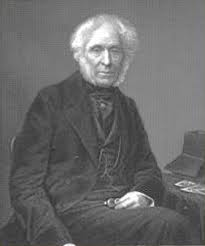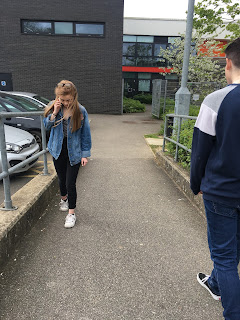Man Ray
Man Ray

Man Ray was an American visual artist who spent most of his career in France. He was born 27 August 1980 and died 18 November 1976. After Man Ray graduated from high school in 1908, he was offered a scholarship to study architecture but decided to pursue a career in arts. His parents didn't agree with his decision, although supported him for his love of arts and even rearranged their living room just so Man Ray could pursue his dreams and used their living room as his own studio. He stayed for 4 years working towards being a professional artist while earning some money as a technical illustrator and commercial artist at various Manhattan companies. Man Ray is a painter, object artist and a film maker. He was the very first artist whose images were more valuable to collectors than his artist work. He started to develop a career in fashion photography, where he did photo shots and captured images for popular magazines in Paris. In France he produced art work which are today known as photograms. His photograms inspire me because he uses everyday objects and exposes them to light. He creates his photograms on a piece of photographic paper - this process is all camera less; the subject is placed directly on a piece of photographic paper, light is exposed and using chemicals called developer the image is produced. Other than his popular photograms shown Man Ray was also popular for his photograph called Violin d"Ingres in 1924. This photograph featured the naked back of his lover, an actor known as Kiki, styled after the painting by a French artist called Jean August Dominique. Man Ray drew black shapes on her back to make it appear like musical instruments. He also made a number of short films between 1923 and 1929. He also experimented with the method known as the Sabatier effect, which adds a silvery quality to the image.
What does it look like
This images shows a photogram of a film tape, which has been placed on photographic paper and exposed to light. The film tape looks like it has been placed in a specific way to create different light shades, for example the top of the film tape has captured much more light than the bottom of the film tape. The film strip used in this photogram is a 35mm film strip, which is most commonly used for motion pictures and chemical still photography.
How was it made
Man Ray created this photogram by using photographic paper and placing the film tape on top of the paper, under an enlarger that exposes the tape to light for 10 seconds. The enlarger is the main process of picture grams as it exposes the subject to light. After this process he then uses a chemical called developer, this creates the image to show on the photographic paper giving the image a final touch.
How does it make you feel
This image makes me feel inspired and creative because he has developed the image really clearly and the way he has placed the film strip shows he is experimenting with the exposure. This is shown clear as you are able to see where most the light has been captured and where less light as been captured almost creating a shadow affect. His work does inspire me and makes me want to experiment and make some examples of his work myself. I like that his work is very different he creates many photograms of different objects showing he's experimenting with light and how exposure works, something I would like to try myself and see how different objects capture the light differently.
This image makes me feel inspired and creative because he has developed the image really clearly and the way he has placed the film strip shows he is experimenting with the exposure. This is shown clear as you are able to see where most the light has been captured and where less light as been captured almost creating a shadow affect. His work does inspire me and makes me want to experiment and make some examples of his work myself. I like that his work is very different he creates many photograms of different objects showing he's experimenting with light and how exposure works, something I would like to try myself and see how different objects capture the light differently.



Comments
Post a Comment